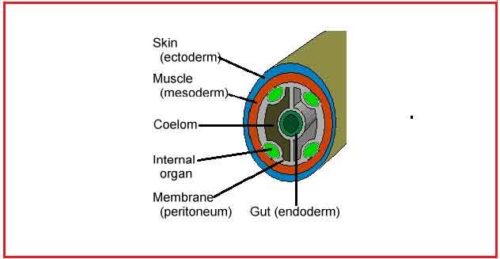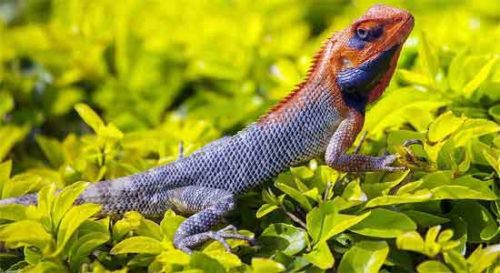Amphibia: Characteristics, Classification and Examples
The class Amphibia belongs to the subphylum Vertebrata of phylum chordata. All the representatives of Clssa Amphibia are ectothermic, tetrapod vertebrate animals which inhabit a wide variety of habitats including terrestrial, arboreal, fossorial, or freshwater aquatic ecosystems. The name amphibian is derived from Greek word “amphibious” which means “living a double life”. Because some species … Read more





